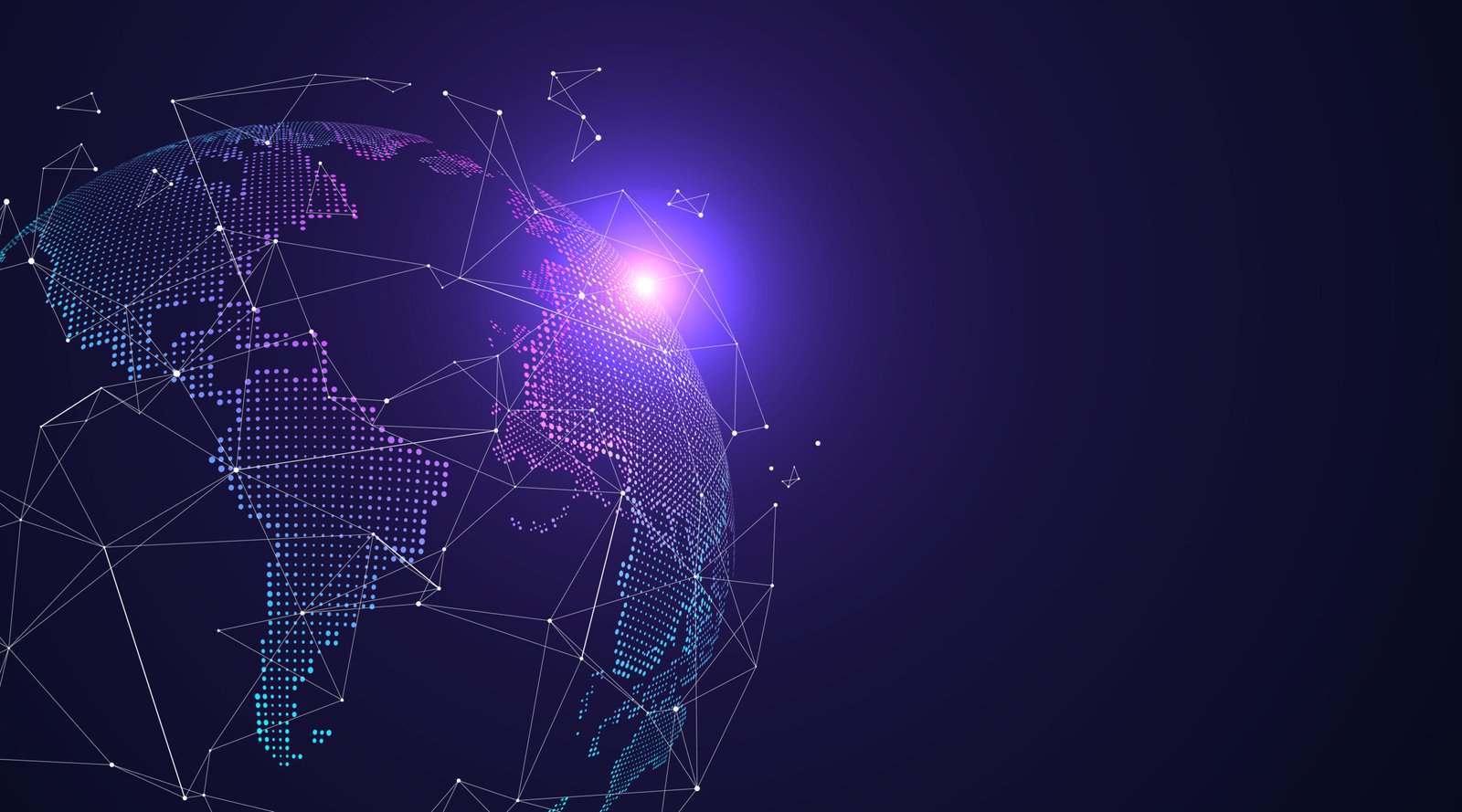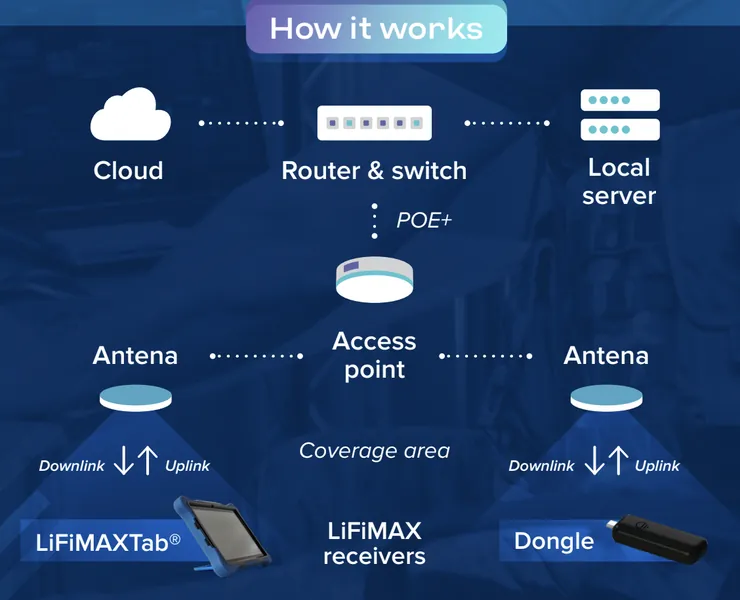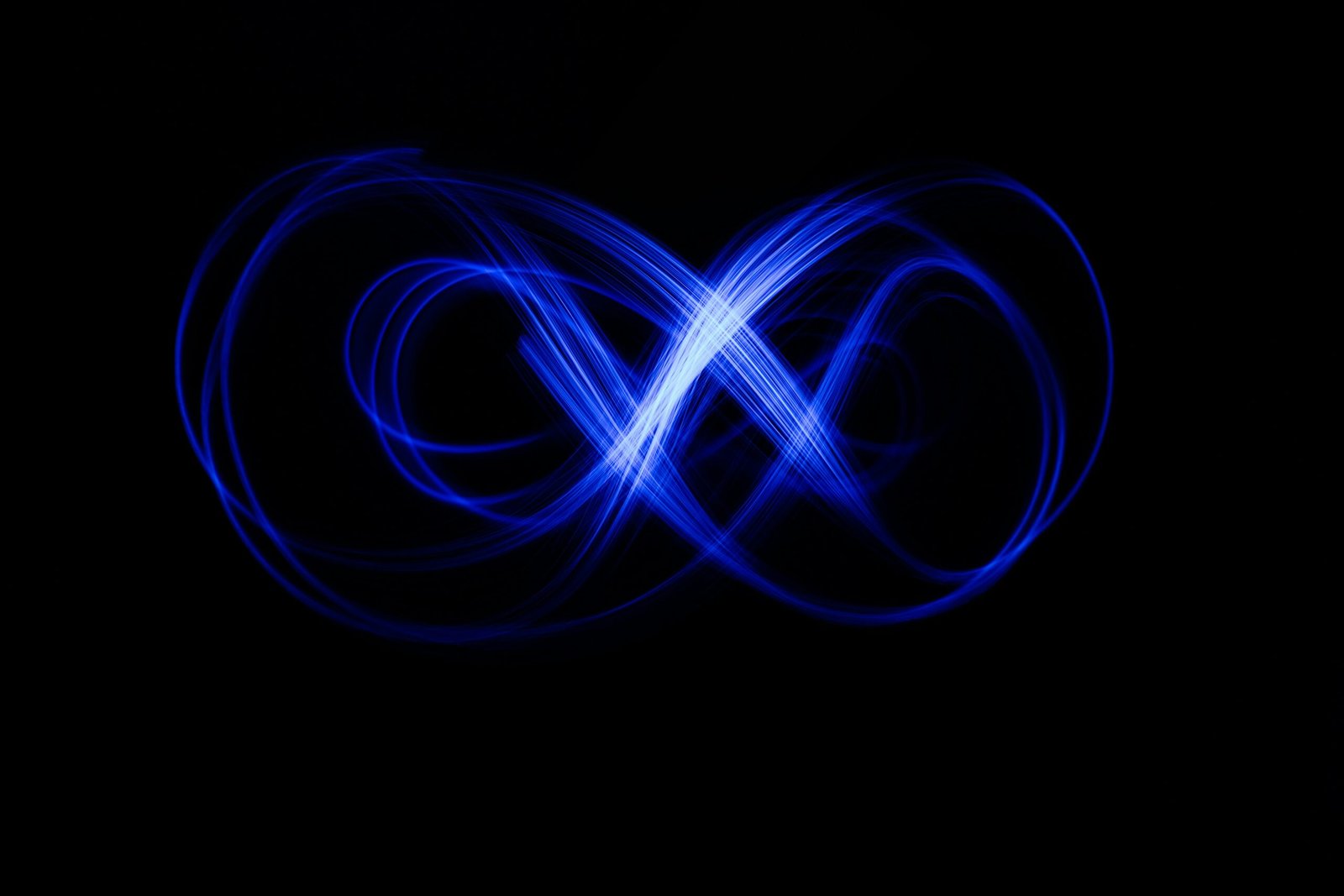
What is LiFi ? Definition and Benefits
LiFi, short for Light Fidelity, enables communication through light. Developed after extensive research, it provides users with high-speed, stable, secure, and health-friendly connectivity.

What is LiFi ?
Have you heard of LiFi? Behind this familiar-sounding four-letter acronym lies one of the most significant paradigm shifts in the history of Internet connectivity. What exactly is LiFi, how does it work, what are its benefits, and where does it originate from? Let's delve into the acronym that is shaping the future of telecommunications.
LiFi: Definition
LiFi, short for Light Fidelity, is a technology that enables communication through light. Developed after years of research and development, LiFi now offers users a high-speed, stable, secure, and health-friendly connectivity. Data transmission via LiFi is based on the modulation of a light beam emitted by a transmitter device, which is connected via a wired connection to the Internet network, to a receiver device that is connected to a device or, in the near future, integrated into it.
How LiFi works
So, how does LiFi actually work? You may already be familiar with Morse code, which enables communication through short and long pulses. LiFi operates on a similar principle.
LED bulbs equipped with LiFi technology emit a signal by modulating their light intensity at a rate of tens of thousands of variations per second. This light pulse, completely imperceptible to the naked eye, is captured and converted into a binary system. It is then translated by our connected devices, just like any other digital information. This transmission occurs between an Access Point (the transmitter), typically installed on the ceiling to maximize the coverage of the light beam, and a Dongle (the receiver) connected to the user's computer, smartphone, or tablet.

The benefits of LiFi
LiFi offers numerous advantages, including:
- Impregnable technology: Unlike WiFi, where radio frequency waves can be susceptible to external hacking, data transmitted via LiFi remains confined to the designated area. This advantage is of utmost importance for government entities, law firms, and other clusters dealing with sensitive data and vulnerable to cybercrime.
- Fast connectivity with speeds of up to 1 Gbps.
- Consistent connection allowing multiple users to browse simultaneously without latency, making it ideal for schools and open spaces where uninterrupted Internet access is crucial for work and learning.
- No radio frequency pollution that can impact health, particularly in settings such as hospitals, nurseries, and kindergartens where the well-being of vulnerable individuals is paramount.
- LiFi installations result in remarkable cost savings and a reduced carbon footprint in transportation and aeronautics sectors.
- LiFi's light waves do not interfere with radio frequency waves, making it compatible with other wireless communication technologies such as WiFi, 4G, and 5G. This compatibility also makes it an optimal solution for air travel, as it does not interfere with onboard equipment.
The origin of the term LiFI
As mentioned earlier, the term LiFi is derived from "Light Fidelity." Coined in 2011 by a professor at the University of Edinburgh, the term "light" refers to the use of light as the medium, while "fidelity" continues the lineage of technological acronyms dating back to the mid-20th century. The name itself draws inspiration from WiFi (Wireless Fidelity), which in turn is derived from the term HiFi (High Fidelity).
To find out more about LiFi and its applications in your industry, contact us !
Recent articles

Categories
See some more...




